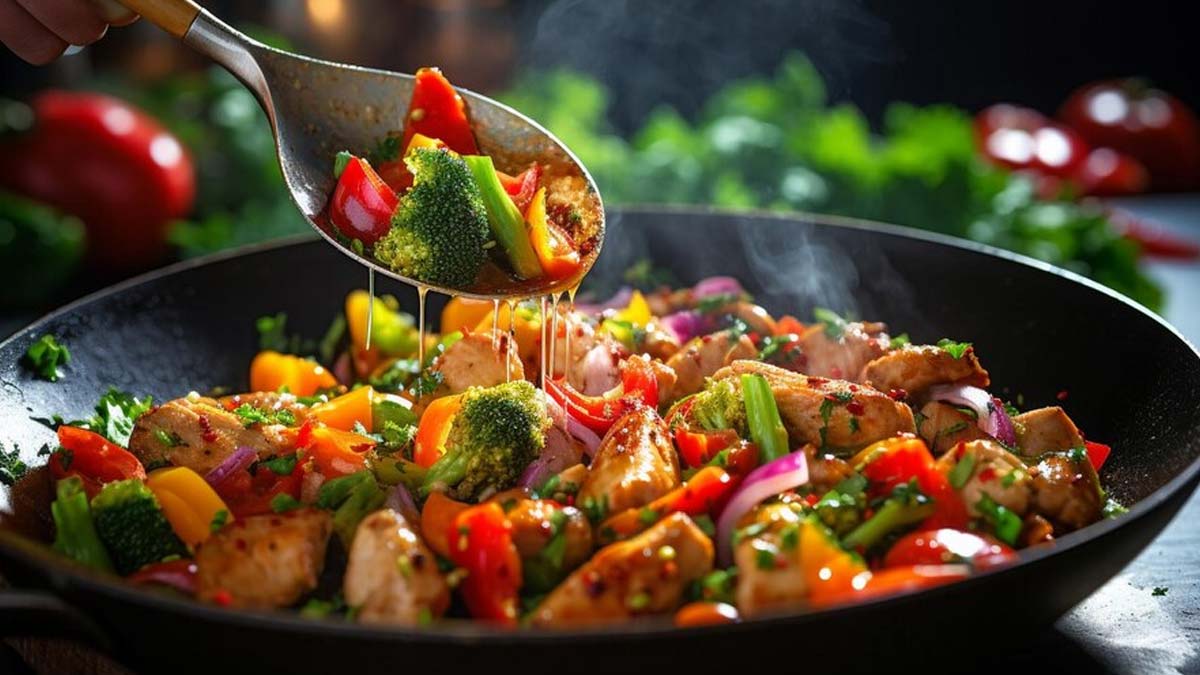
We've all been there: a delicious meal is prepared, but life throws a curveball. Maybe unexpected guests arrive, work demands attention, or simply, the allure of the couch proves too strong. The consequence? Our perfectly cooked dinner sits, slowly cooling on the counter.
Table of Content:-
While this scenario may seem harmless, the science behind food safety tells a different story. The time between cooking and consumption creates a critical window known as the danger zone, where bacterial growth on cooked food rapidly accelerates.
According to the World Health Organisation (WHO), a staggering 600 million people fall ill annually from consuming contaminated food. This translates to 4,20,000 deaths and a significant loss of healthy life years.
To combat this, The WHO offers a lifeline: their 10 ‘Golden Rules’ for safe food handling. These simple practices can dramatically reduce your chances of getting a foodborne illness. One of the most crucial rule in this is eating cooked food promptly.

Why Is It Important To Eat Cooked Food Immediately?
We all know thorough cooking kills harmful bacteria, but the WHO highlights the danger zone: as cooked meals cool to room temperature, bacterial growth rapidly accelerates.
Cooking food thoroughly eliminates most harmful bacteria. However, some spores can survive even the highest temperatures. These resilient spores are like bacterial time bombs, waiting for the right conditions to germinate and reproduce. The ideal environment for this transformation? The danger zone – typically between 40°F (4°C) and 140°F (60°C).
Within this temperature range, dormant spores find a haven for growth, and any bacteria that survived the cooking process multiply at an alarming rate.
The speed of this multiplication is truly concerning. Bacteria can double their population every 20-30 minutes within the danger zone. Imagine starting with just a few lingering bacteria on your cooked food. After a few hours at room temperature, those few can easily become thousands, potentially reaching levels high enough to cause foodborne illness.
Symptoms of Foodborne Illness
Foodborne illness, also known as food poisoning, is a nasty consequence of consuming food contaminated with harmful bacteria. According to the Centres for Disease Control and Prevention, symptoms can vary depending on the specific bacteria involved but commonly include:
- Nausea and vomiting
- Diarrhoea
- Abdominal cramps
- Fever
- Chills
- Weakness
While most cases of foodborne illness resolve on their own within a few days, some can be severe, requiring hospitalisation. Young children, pregnant women, older adults, and people with weakened immune systems are particularly vulnerable to complications.
Also Read: 7 Vegetables That If Not Washed Properly May Cause Food Poisoning

How To Avoid Food Poisoning
Thankfully, there are simple steps we can take to minimise the risk associated with the danger zone:
- Eat Promptly: This is the golden rule. Whenever possible, enjoy your cooked meals while they're still hot and steaming. Freshly cooked food is not only the safest option, but it usually tastes the best too!
- Practice Proper Cooling: If immediate consumption isn't feasible, don't leave cooked food out at room temperature for more than two hours. Divide large portions into smaller, shallow containers to expedite cooling. This increases the surface area exposed to cooler air, allowing the food to reach safe storage temperatures faster.
- Refrigerate Leftovers Promptly: Leftovers should be refrigerated within two hours of cooking. This significantly slows down bacterial growth, keeping your food safe for later consumption.
- Reheat Thoroughly: When reheating leftovers, ensure they reach an internal temperature of 165°F (74°C) throughout. This high temperature kills any bacteria that may have grown during storage. Leftovers should only be reheated once to maintain safety and quality.
Also Read: Newspaper Used To Pack Street Food Is Slowly Poisoning All Indians: FSSAI Issues Warning
Foodborne illness is a preventable health threat. While understanding the danger zone is crucial, it's just one piece of the food safety puzzle. The WHO's 10 Golden Rules for Safe Food Handling offer a comprehensive approach, emphasising practices like proper handwashing, using separate utensils for raw and cooked foods, and maintaining clean food preparation surfaces. By following these guidelines in conjunction with being mindful of the danger zone, we can significantly reduce the risk of foodborne illness.
Also watch this video
How we keep this article up to date:
We work with experts and keep a close eye on the latest in health and wellness. Whenever there is a new research or helpful information, we update our articles with accurate and useful advice.
Current Version
